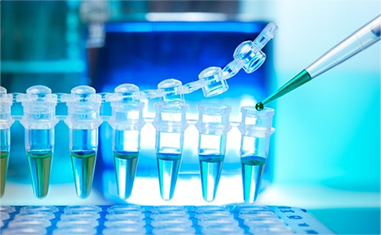Analytical method development is the process of selecting an accurate assay procedure to determine the composition of a formulation. It is the process of proving that an analytical method is acceptable for use in the laboratory to measure the concentration of subsequent samples Analytical methods should be used within GMP and GLP environments and must be developed using the protocols and acceptance criteria set out in the ICH guidelines Q2(R1). The prerequisite for method development are as follows
- Qualified and calibrated instruments
- Documented methods
- Reliable reference standards
- Qualified analysts
- Sample selection and integrity
- Change control
An analytical procedure is developed to test a defining characteristic of the substance against established acceptance criteria for that characteristic. In the development of a new analytical procedure, the choice of analytical instrumentation and methodology should be based on the intended purpose and scope of the analytical method. The important parameters that may be evaluated during method development are specificity, linearity, limits of detection (LOD) and quantitation limits (LOQ), range, accuracy, and precision.
Method validation is a vast area that includes many validation parameters with different approaches for a different level of requirements based on the intended use of the analytical method. Validated method elucidates the unpredicted or unknown problem during the course of routine usage. Validated method has a limited level of confidence. After method development, it needs to be validated as per the requirement that gives a certain level of confidence for its intended use. Analytical method validation is intended to demonstrate that it is suitable for its intended use. We generally validate the method under the following conditions:
- During method development
- Checking the system suitability
- Change of application, environment, analyst
- While using after a prolonged period of time
- Checking reliability and consistency
The type of method and analytical technique used will determine the nature and extent of the validation studies required. The most common methods for validation are identification, assay, and impurities determination The validation report details the results of the validation study. Its purpose is to provide the information on the characteristics on the basis of which they were tested during the study, the results obtained and the interpretation of those results. Typical information in a validation report includes:
- Validation protocol.
- Analytical method
- The validation parameters
- The results
- Interpretation of the results.
- Details of the reference materials
- Details of batch number
- Details of the equipment used for the study
- References to the laboratory details
Typical validation parameters recommended by FDA, USP, and ICH are as follows:
- Specificity
- Linearity and Range
- Precision
(B) Intermediate precision (Ruggedness)
- Accuracy
- Solution stability
- Limit of Detection (LOD)
- Limit of Quantification (LOQ)
- Robustness




